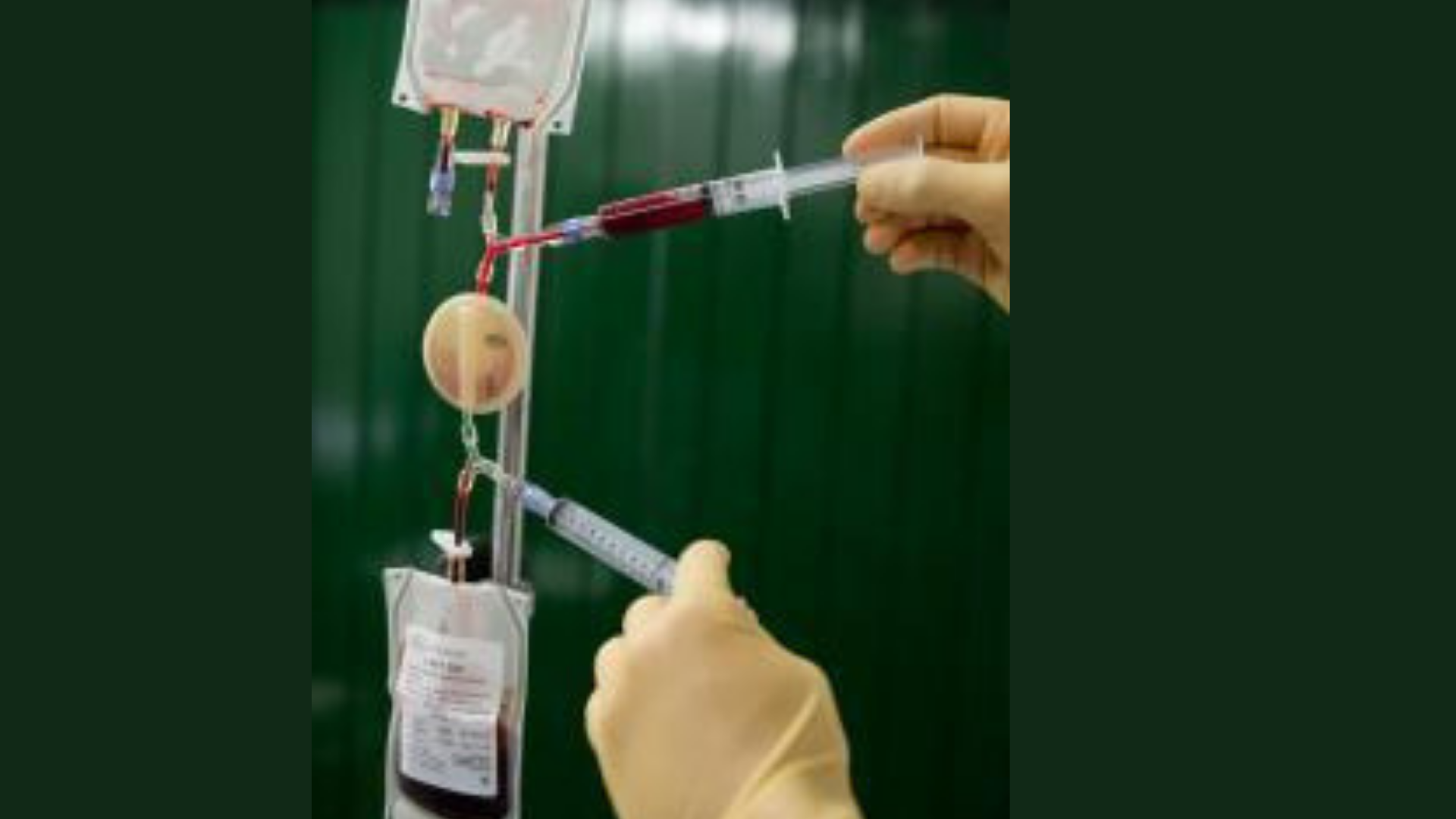Platelet Rich Plasma or PRP is a regenerative medicine treatment that delivers a high concentrate of platelets in the form of blood plasma to a lesion increasing the amount of growth factors at the site to help in healing. Regenerative medicine is one of the most recent and potentially helpful therapies introduced to the equine industry over the last several years.
There are three main types of cells in blood circulation: red blood cells, white blood cells and platelets. Platelets are filled with beneficial growth factors that help repair connective tissues and keep them healthy.
A blood sample is collected from the patient in special tubes and the platelets are concentrated—most commonly through centrifugation. During this process the tubes filled with the horse’s blood are spun, physically separating a majority of the red and white blood cells from the platelets and plasma, thus forming a platelet-rich plasma.
Ligaments and tendons are notoriously slow to heal, and horses frequently reinjure the tendon at the same site. PRP is believed to stimulate tendon injury repair.
PRP can be injected directly into a joint (i.e., intra-articularly) to treat osteoarthritis (OA).
PRP has been hypothesized to help improve wound healing. In horses, wound healing after surgery or with an injury, can be slow and in some cases “proud flesh” can develop. A published study on PRP for wound healing in horses found that treated wounds healed faster than wounds that were simply sutured (stitched) closed.
PRP is very safe as it uses the horse’s own tissue to magnify the natural healing rate and assist in a speedier return to intended use.
Platelet Rich Plasma – when to choose this therapy
PRP is used to treat a variety of conditions involving a space into which platelets can be injected.
- Tendon Injuries
- Suspensory desmitis
- Superficial or deep digital flexor tendon lesions
- Check ligament injuries
- Coffin joint collateral ligament injury
- Stifle meniscus tears
- Osteoarthritis
- Wounds
- Bone lesions
- Joint injuries
PRP is very safe as it uses the horse’s own tissues to magnify the natural healing rate. It is often used in conjunction with shock wave therapy to promote faster recovery.
PRP is a way of processing whole blood from a patient which results in a fluid (Plasma) component with a concentrated proportion of platelets. Platelets are small cell fragments that circulate in the blood along with the red (oxygen carrying) and white (infection fighting) cells. Platelets are involved in blood clotting and in wound healing and they contain large quantities of growth factors (TGF, PDGF, IGF, EGF and TGF). These growth factors are released when the platelets are broken down and result in the formation of new blood vessels and the formation of new connective tissue and regeneration of skin.
A sample of blood is taken from the horse, usually from the jugular vein in the neck, and processed to increase the number of platelets it contains. This is done by passing the blood through a filter or by placing it in a centrifuge. A 50ml sample of blood will produce about 8ml of PRP that is immediately ready to be used for treatment. Platelet numbers are typically increased, per millilitre, by 4 to 6 times. For joints, the procedure is the same as that for injecting any other product such as local anaesthetic or corticosteroids – the joint is usually clipped and then cleaned to reduce the risk of infection before the PRP is injected. For soft tissue injuries such as tendon or ligament strains, a number of injection sites may be needed and the PRP is often injected through small needles placed through the skin into the site of injury. The early results for this very new treatment are encouraging.


